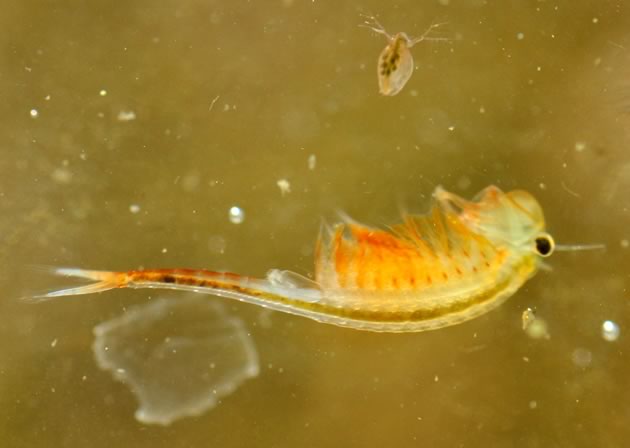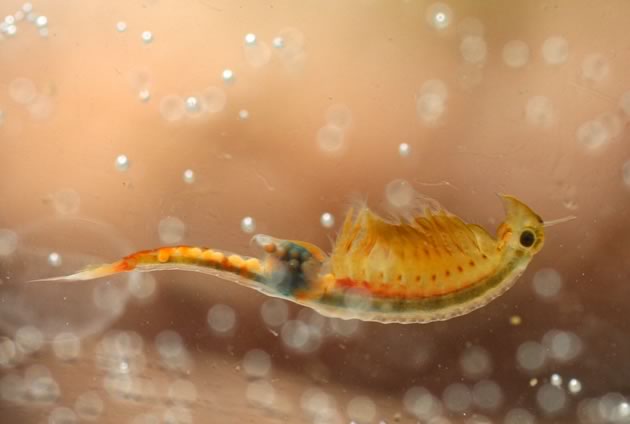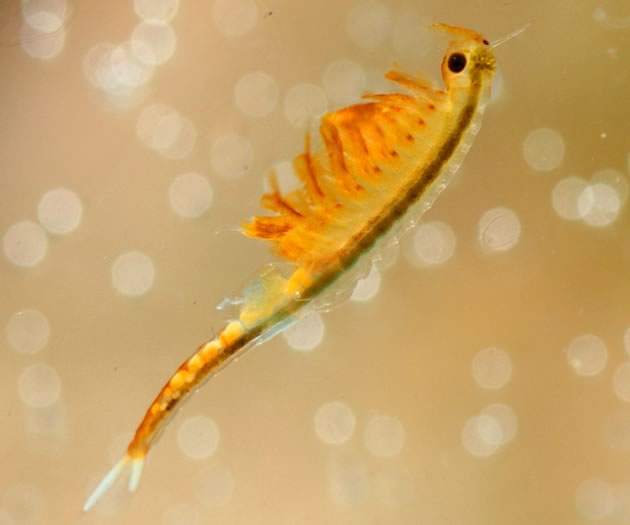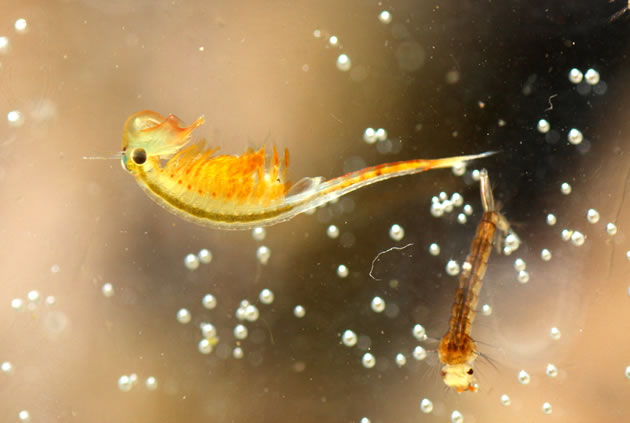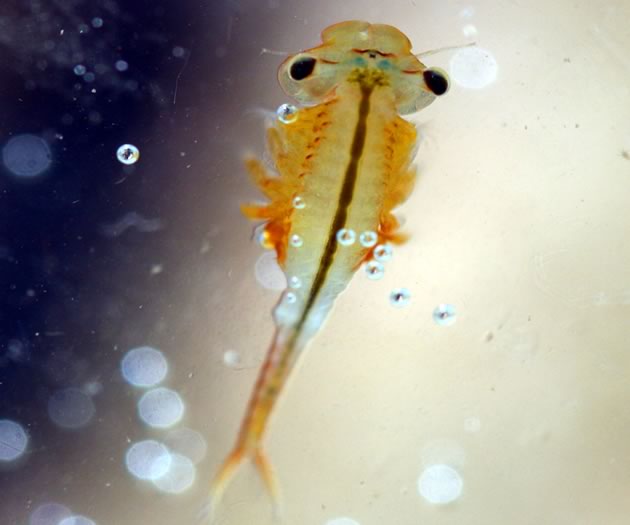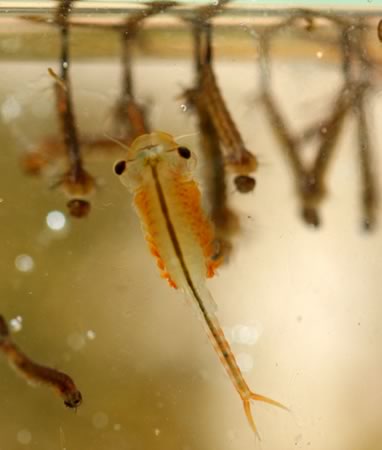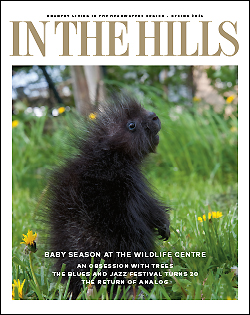Vernal Pool Fairy Shrimp
These aquatic shrimp fairies are aptly named, for they are tiny, gossamer creatures.
At this time of year fairy shrimp swim in teeming millions in spring ponds throughout the Niagara Escarpment. They are especially apparent after dark, when they gravitate to flashlight beams shone into their watery realms.
These aquatic fairies are aptly named, for they are tiny, gossamer creatures. A fleeting existence, lasting only as long as the ponds hold water, lends them an air of mystery.
Often tinted bright orange they are lovely, but to truly appreciate their beauty a magnifying glass or the macro function on your camera is helpful. If you do take a close look, my guess is you’ll be enchanted.
Fairy shrimp swim on their backs, swept along by pulsing upward facing appendages. The females can be identified by eggs arrayed along the undersides of their tails.
Fairy shrimp are crustaceans and their shape and locomotion speaks to their relationship with the familiar shrimp of appetizer plates everywhere. And, as supermarket shrimp are eminently edible, so too are fairy shrimp. That is why fairy shrimp flourish in vernal or temporary ponds where hungry fish are absent.
Before their brief lives end, female fairy shrimp release their remarkably tough eggs. These eggs can remain viable for many years and readily survive freezing and scorching heat. Breezes pick them up and carry them to other ponds – a fitting way for fairies to get around.
Fairy shrimp are closely related to the brine shrimp that were marketed as “sea monkeys” in millions of comic books in the ’60s and ’70s. Most adults will remember these shameless advertisements picturing happy families of “sea monkeys” sporting broad smiles and webbed feet. Sexy sea monkey females even wore fishnet stockings in these ads!
Fairy shrimp couldn’t be more removed from that crass commercialism. Their allure needs no hype, for they are creatures of wonder and captivating beauty.
Related Stories
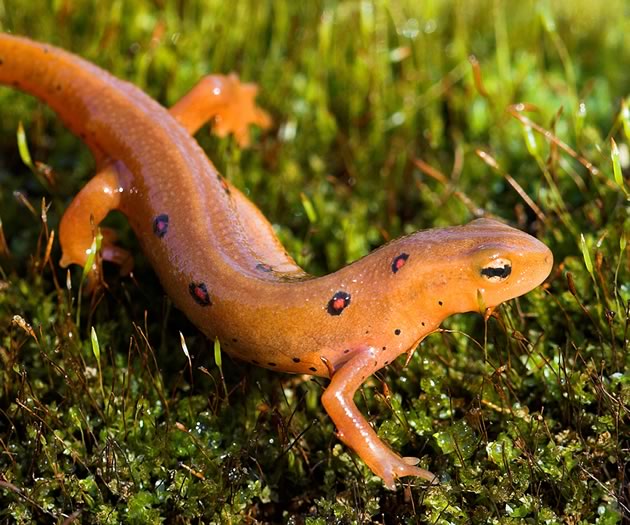
Vernal Pools
Mar 20, 2017 | | EnvironmentThese fleeting spring wetlands are factories of biodiversity. Unusual winters threaten vernal pools, as do hot, dry summers.
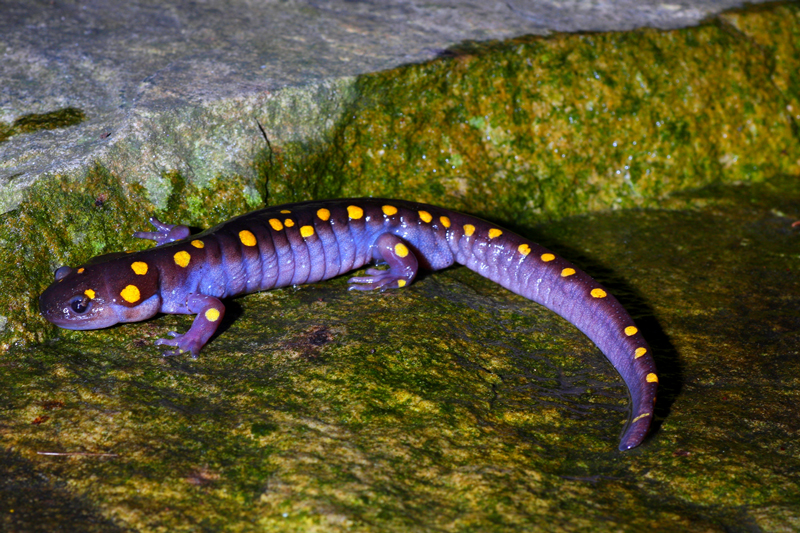
April is Salamander Time
Apr 9, 2010 | | Notes from the WildDon Scallen introduces us to three species of salamanders that are starting to appear in our hills. The first half of April is salamander time in our hills.

Spring’s Croaking Chorus
Mar 23, 2012 | | EnvironmentTen species of frogs and toads share our landscape, a rich assemblage of hopping amphibians for such a northerly clime.

